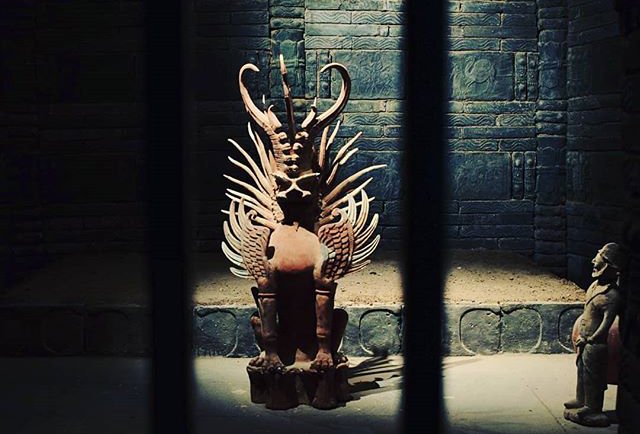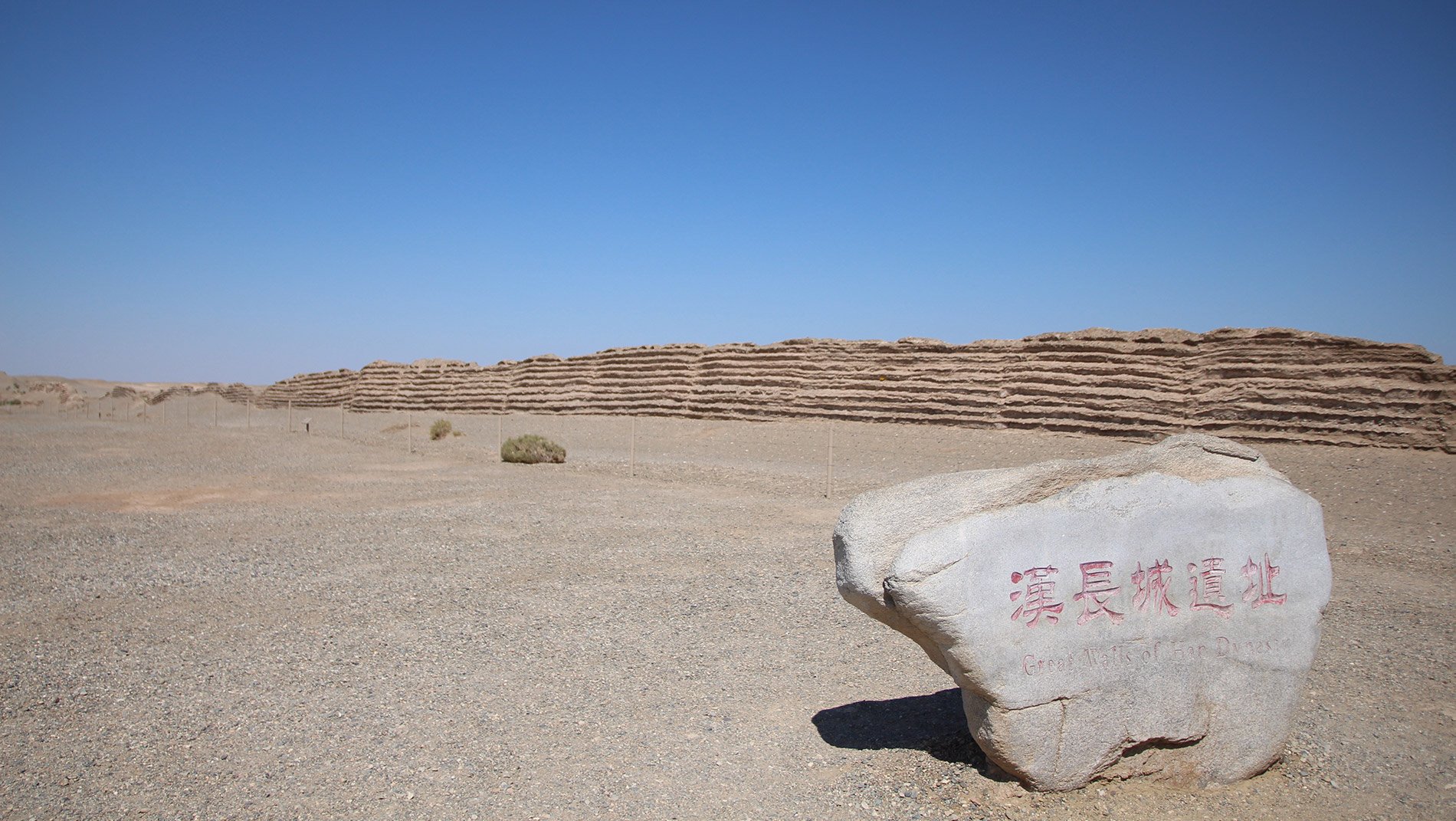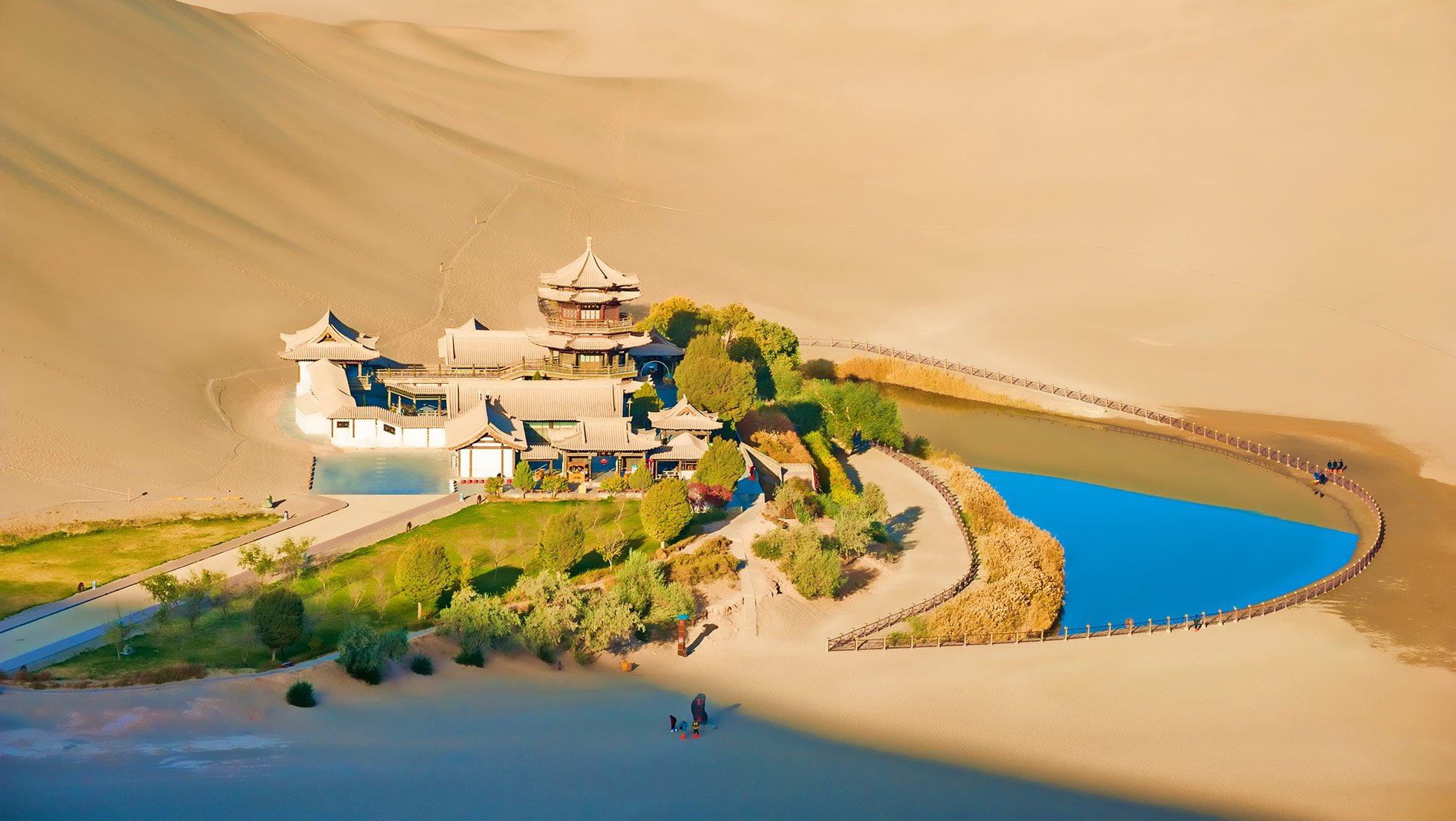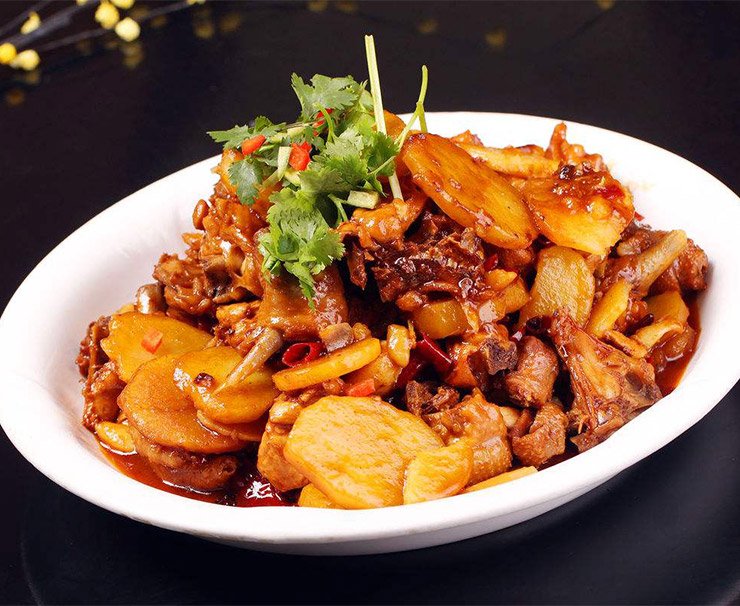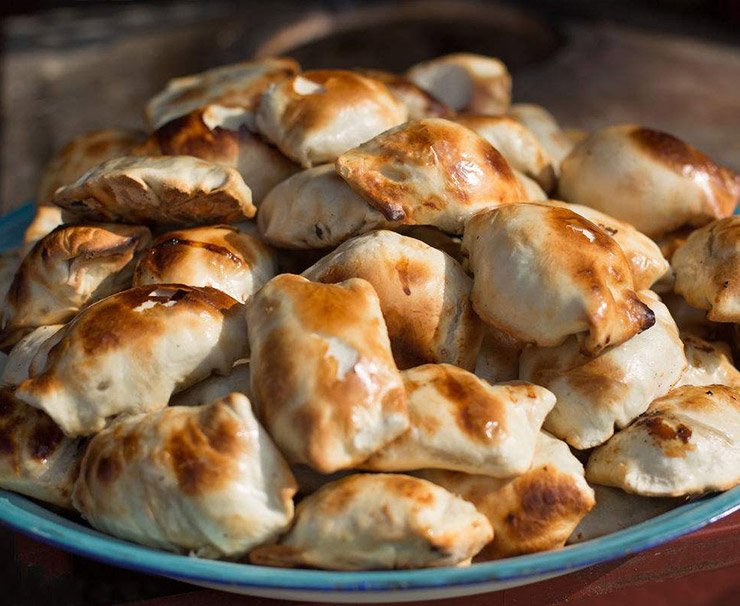- destinations
- dunhuang
A sand dune the size of Singapore sits besides Dunhuang, now a small market town in the gigantic Taklimakan desert. It was not always so. At the time of the Silk Road, this was one of the world’s largest cities, the farthest outpost of China serving the rich trade with the west. From the fourth century for over a thousand years, Dunhuang was the gateway to China when this was the world’s "Fortnum and Mason". Vast fortunes were made, and it became customary for wealthy families to finance the painting of Buddhist caves in thanks. Nearly 500 caves were hollowed out and painted in a one-mile long cliff face near the city. The Mogao Caves became the birthplace of Chinese figurative painting and are a unique record of a millennium of Chinese and Central Asian history. Long removed from camels and caravans, Dunhuang is now home to some of the world’s largest solar and wind energy farms, stretching across the desert beyond the ancient Great Wall where travelers once tracked. The ancient Silk Road is explicitly recalled in China’s new One Belt One Road policy. Of course, for those who know their Dunhuang history, there is nothing new under the sun.
dunhuang HIGHLIGHTS
A selection a some of the many incredible experiences that await you
Lunch on the Great Wall, camel rides in the desert, Peking Duck, Terracotta Warriors, rafting in Guilin, Forbidden City, and studio visits. This was our most spectacular vacation ever.
Custom Itineraries
Explore dunhuang through the eyes of a local
The Mogao Caves in this little oasis town have great artistic and historical significance, but interest in the area originated with tales of a magical crescent lake in the midst of the sand dunes.
Dunhuang is too cold to visit from late-November to March and sand storms can occur in this area between March and June.
We customize each of our itineraries based on your interests and traveling style. The itinerary below forms a base to start the conversation.
Luxury Accommodations
In some destinations, top-level accommodation is unavailable in which case we will book you suites at the best available property.
Learn More
Dunhuang Castle Hotel
Situated against the backdrop of the picturesque Mingsha Sand Dunes in Dunhuang, this hotel captures the unique architectural design of the Tang Dynasty.
Your Personal Traveling Concierge



Our China Hosts
Our China Hosts are part of what makes us unique; they help explain our success for over twenty years. Our China Hosts have been hand selected and expertly trained to provide you with the most unforgettable journey. From seamlessly ensuring flawless logistics, to deepening your cultural immersion, to effecting last minute adjustments, in the words of a guest, they take a trip "from excellence to perfection". Before you travel with us, it's hard to imagine what a China Host brings to the party. After, it's hard to imagine traveling without one.

suggested guide: Adam (Xia Jun)
Fine Dining & Authentic Cuisine
Experience the finest in Chinese and Western cuisine
Foreign religions entered China along the Silk road. Islam displaced Buddhism in this area, influencing the local food scene. From the delicious Da Pan Ji (大盘鸡) or Big Plate Chicken, to Kao Bao Zi (烤包子), dumplings filled with succulent lamb, and of course ubiquitous lamb kebabs, your appetite will be satiated by this unexpected treasure of Chinese cuisine.
Demographics
- Part of the prefecture-level city of Jiuquan in the province of Gansu
- Population: 187,578 (2000)
- Literal Meaning of Dunhuang: Blazing Beacon
Brief History
- 121 BCE – Comes under Chinese rule
- 2nd Century CE – With a population of more than 76,000 Dunhuang is a key supply base for the Silk Road trade route and is a town of military importance
- 353 – The first Buddhist caves are created
- 405 – Capital of Western Liang moves from Dunhuang to Jiuquan
- 421 – Western Liang is conquered by Northern Liang
- 581 – 907 – During the Sui (581-618) and Tang (618-907) dynasties, Dunhuang lies on all 3 of the main silk road trading routes and becomes the main communication hub for traders
- 848 – 1036 – Dunhuang is fought over and conquered by feuding warlords
- 1227 – Mongols sack and destroy the town
- 1516 – Tibetans occupy the town
- 1715 – China retakes control of the city under the Qing Dynasty
- 1725 – Present day Dunhuang is established
Geography
- Dunhuang is situated between the large Qilian mountains to the south, the Gobi desert to the west and the Hexi Passage to the east. The glacier fed Danghe River runs through the oasis town.
- Altitude: 1,142m (3,747ft)
- Main River: Danghe River
Recommended Destinations
After your time spent exploring dunhuang you may want to consider these other recommended destinations
Help Me Decide-

Chengdu
Home to the Great Panda, Sichuan cuisine & the location of the astonishing cultural relic "Sanxingdui".
-

Guilin
Craggy limestone towers bestride a lazy river meandering through this lush rural paradise.
-

Hangzhou
Perennially decadent, forever elegant, this refined ancient capital epitomizes classical Chinese beauty and l’art de vivre.
-

Xi'an
China’s capital for 11 centuries boasts the Terracotta Warriors and a Muslim quarter that dates to the time of the Silk Road.

